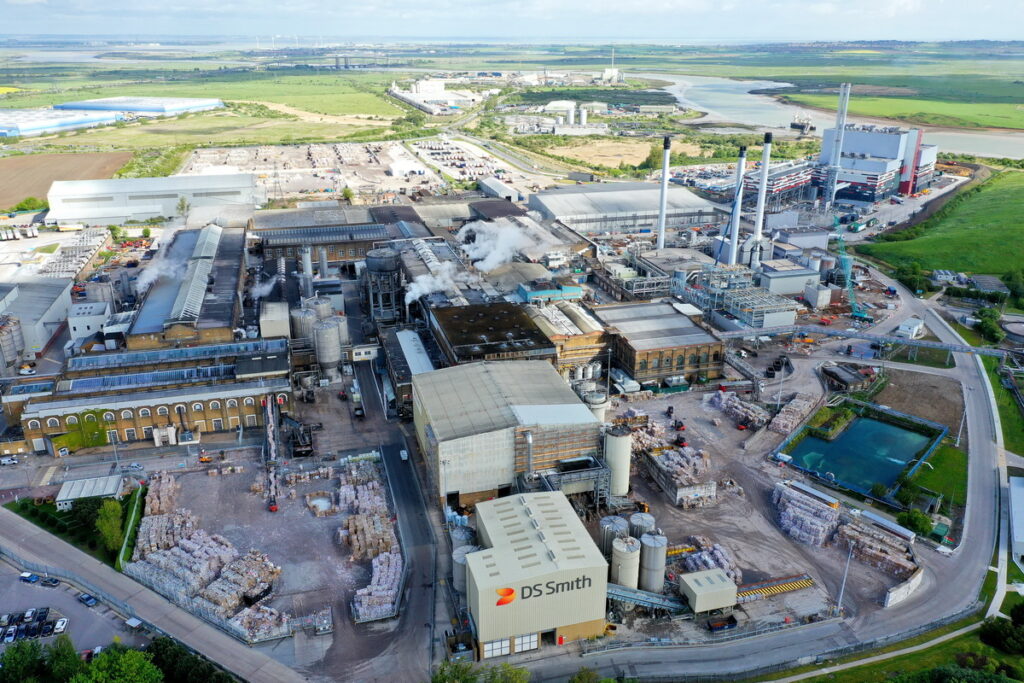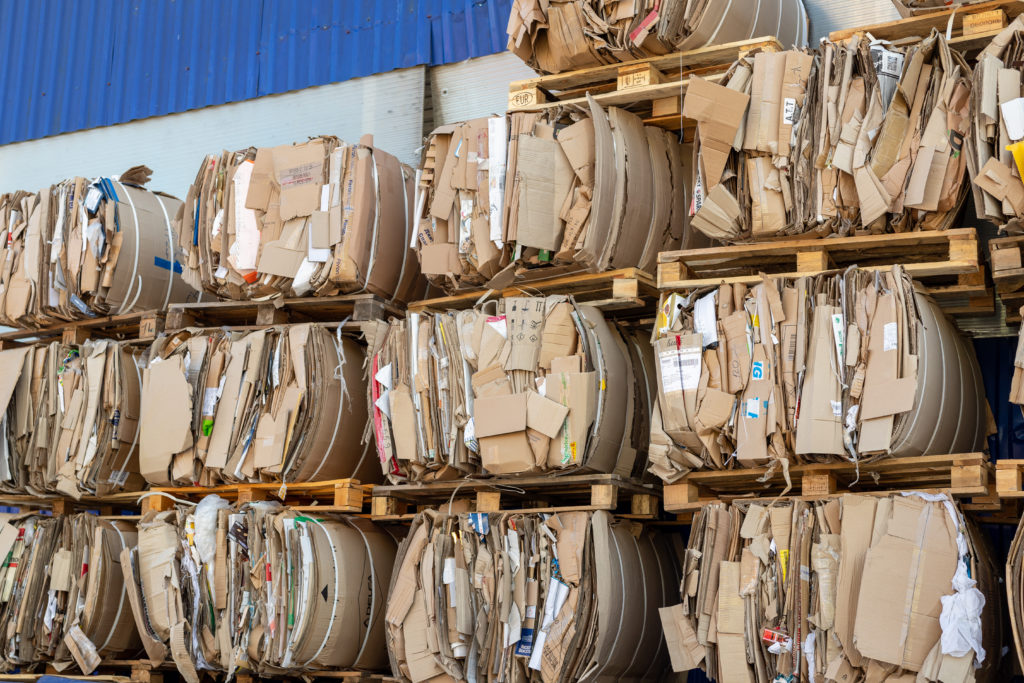Newsprint manufacturer UPM has taken action to improve the quality of the output from its materials recycling facility at Shotton in North Wales after identifying contamination rates of up to 15% on inbound material.
The company has installed extra equipment at the 17 million materials recycling facility (MRF), including optical sorting equipment and conveyors, in a bid to produce a better quality output and increase recovery rates.

Craig Robinson, head of RCP markets and operations at UPM, told letsrecycle.com that the quality of the output material is dependent on the quality of the input, and at present the average contamination rate of the dry recyclables received for sorting varies from 2% to 15%. While this is considered normal for material of this type, he said UPM is undertaking work with the councils to improve it.
He added that UPM aims to ensure that the material is recovered to the highest quality possible, and that none of the material is lost.
Optimisation
Discussing the reasons behind the improvement works, Mr Robinson said: After running the facility for over a year we recognise that in order to optimise the output quality and to maximise recovery and throughput rates using the design of the plant, we need to acknowledge that we are dealing with a composition of input materials that is different to the original model.
The sorting equipment manufactured by Machinex and Titech is designed to remove plastic film earlier in the process which UPM said would have a knock on effect in improving the quality of other materials, such as paper. Textiles placed within recyclables are also understood to have caused problems for UPM.
Used newspapers and some other paper sorted at the MRF is sent directly to UPMs newsprint mill on site. All other materials are sent to UK reprocessors.
“The output quality we are aiming for is very high across all materials to meet customer specifications. Generally quality that is being produced has been well received by customers and demand for materials is quite strong.”
– Craig Robinson, UPM
Mr Robinson said: Having the optical sorting means we can recover more news and pamphlets which is what we are after and also the mixed paper that we generate will be of a better quality. It is about plant optimisation more than anything. Recognising that the composition of the materials that we are sorting can be variable means we can optimise the system.
Quality
Mr Robinson said that as the new equipment was installed in August 2012, the full impact on quality and throughput was not known. We are still playing with it a bit and optimising it so it is difficult to say what the real impact has been. Anecdotally though, it has been a real success and the feeling from the team at the MRF is that we have taken a step forward in terms of quality and recovery rates.
The output quality we are aiming for is very high across all materials to meet customer specifications. Generally quality that is being produced has been well received by customers and demand for materials is quite strong.
Quality is high on the agenda for UPM as it has recently joined the Resource Association, the trade body for the reprocessing and recycling industries.
Paper manufacturers and recyclers have always been big advocates of quality. In June 2012, the Confederation of Paper Industries (CPI) called for a greater focus on quality (see letsrecycle.com story). It said that as commingled collections continue, MRF operators must ensure suitable sorting techniques are in place to process material to a high quality.
Councils
A number of local authorities send their dry recycling to the Shotton MRF for sorting, including: Cheshire East council; Denbighshire county council; Warrington borough council; and Cherwell district council.
Mr Robinson explained that UPM was working to reduce contamination of the material received by analysing it and communicating the findings with local authorities. However, he added that the different collection methods used by the councils made it more difficult.
We are taking from a variety of local authorities that use different collection systems and therefore the inbound material is not homogenous meaning we have to test, evaluate and blend to get that stability which is more challenging than if you were operating a MRF as part of a big contract where everyone collects the material in the same way.
Related Links
This is where the data suggests improvements could be made and we work quite hard to do this. This is a win-win for us all if we can increase recovery and throughput which means cheaper operating costs and the local authorities gain as well.
He added that the local authorities needed to take proactive steps to address issues around contamination, such as better communication with residents about what is and isnt be collected for recycling.
The Shotton MRF was opened in July 2011 (see letsrecycle.com story). It has the capacity to process up to 270,000-tonnes-a-year of commingled material. At the time UPM said the facility was designed to have the highest recovery rates in the UK at 99%.











Subscribe for free